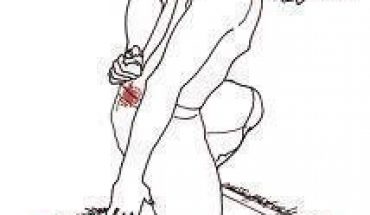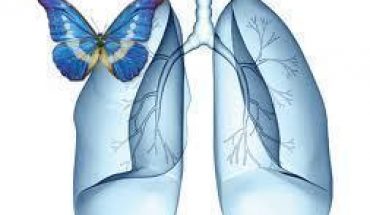Gallstones are formed from digestive fluids that harden, and rest in the gallbladder. The gallbladder contains the digestive fluid known as bile, and bile is released into the small intestines. Bile is comprised of liver cells, and aids in the digestion of food. Gallstones are commonly formed in the gallbladder, but they can also be formed anywhere else in the body, where bile is present. There are several types of gallstones, each carrying a different cause, and varying symptoms. The most common type of gallstone is Cholesterol Gallstones. These gallstones can be as minute as a grain of sand, or as big as a golf ball. In the initial stages, there may not be any symptoms for gallstones, as symptoms may remain silent in the majority of people. After years of lying relatively dormant however, gallstones can produce symptoms that will worsen if not treated.
What are Cholesterol gallstones?
Cholesterol gallstones are made mainly of cholesterol. They are the most notable type of gallstones found in the world. Cholesterol gallstones are formed when the liver cells breakdown cholesterol into bile. During this process, some of the cholesterol does not get dissolved and it is this undissolved cholesterol that hardens in the gallbladder to create gallstones.
What are the symptoms of gallstones?
Most people with gallstones exhibit no outward symptoms, and remain totally unaware of the existence of the gallstones. Later in life, usually when the gallstones are infected, the symptoms of gallstones may begin to manifest. The most prevalent symptom of gallstones is Biliary Colic. Biliary Colic occurs when the gallbladder becomes obstructed by the gallstone. Behind this blockage, fluid builds up and causes the gallbladder to stretch and this causes a severe pain. Biliary Colic manifests as a:
- Sudden, intensifying pain in the upper right part of the abdomen.
- Sudden, intensifying pain in the middle portion of the abdomen.
- Back pain, usually between the shoulder blades.
- Pain in the right shoulder.
- Nausea
This pain can last anywhere from 15 minutes to 5 hours. If the pain persists for any longer, this indicates serious complications.
Risk factors for gallstones
The primary risk factors for gallstones include but are not limited to:
- Gender- Gallstones are more prevalent in women than in men.
- Age- Gallstones become more prevalent the older a person gets.
- Obesity- Obesity doubles the chances of developing gallstones.
- Pregnancy- Women who have had children are more susceptible to gallstones than women who are childless.
- Birth control pills- The increased levels of hormones in these pills act as a gallstone trigger in some women.
- Rapid weight loss- The rapid loss of weight can result in a susceptibility to gallstones
Prevention of gallstones
Gallstones can be prevented by the use of bile acid medications that can dissolve any undissolved cholesterol in the gallbladder. Medicines such as Ursodiol also help to stop gallstones from forming. Ursodiol has been effective in preventing gallstones in obese patients losing weight through surgical methods.





